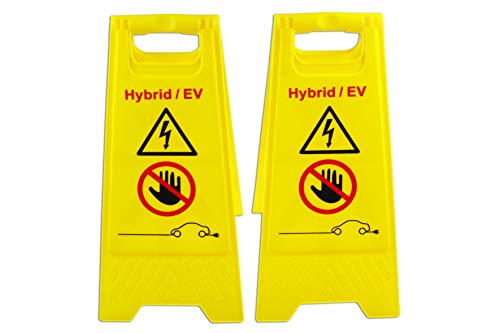Don said:pmaupin said:You cannot input DC into the onboard charger and you cannot modulate the cars use of whatever amount of DC energy the sun is giving you. The pilot signal limits the amount of AC current the charger will draw based on what the EVSE can supply
Do you have first-hand knowledge that the first thing that happens to the AC isn't rectification? Because if the first thing IS rectification, then it doesn't seem like there would be much to keep you from putting in an equivalent DC voltage, or building a DIY EVSE circuit that allows modulating the pilot duty cycle to change the current draw.

































